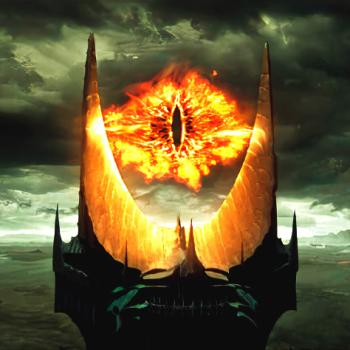- Trending:
- Olympics
- |
- Forgiveness
- |
- Resurrection
- |
- Joy
- |
- Afterlife
- |
- Trump
Pentecostal Overview
Pentecostalism and the Holiness Movement are charismatic religious traditions within Protestant Christianity that developed in the 19th and 20th centuries in the United States. Pentecostal and Holiness churches are often characterized by their emphasis on a post-conversion encounter with God through an experience called the "baptism of the Holy Spirit." Though different in origin and organization, Pentecostal and Holiness churches have some commonalities. The Holiness Movement can be traced back to John Wesley, the founder of Methodism. Holiness Christians believed that faith in Jesus included sanctification from sin and transition into a life of holiness. The Holiness Movement spread to the western and southern United States and urged followers to live by a strict moral code. Pentecostalism rose out of the Holiness Movement and can be traced back to the Azusa Street revival in 1906, which impacted a wide variety of Christians—black, white, and Hispanic, rich and poor—who sought a deeper experience of the Holy Spirit. Shortly thereafter, Pentecostal groups sprang up across the United States, in rural areas as well in urban neighborhoods. The Pentecostal worship experience often includes the act of glossolalia (or "speaking in tongues"). Besides speaking in tongues, Pentecostals also believe in the activity of other supernatural gifts such as prophecy and the ability to heal. Besides these unique characteristics, Pentecostal and Holiness churches adhere to basic doctrines and practices within the Evangelical and Fundamentalist branches of Protestantism including the authority of the Bible in matters of life and faith. In recent years, Pentecostalism has spread throughout the world.
Quick Facts
| Formed | 1900 |
| Adherents | 105,000,000 |
| Deity | God (Trinity) |
| Sacred Text | Bible |
| Origin | United States |
| Headquarters | None / multiple headquarters |






